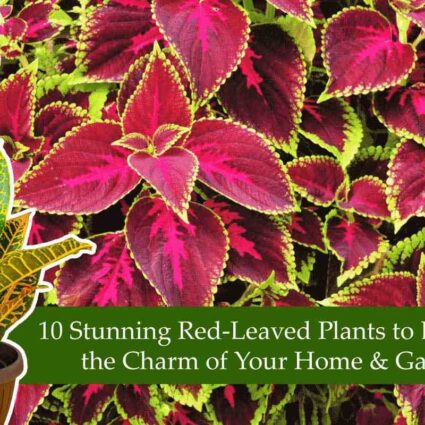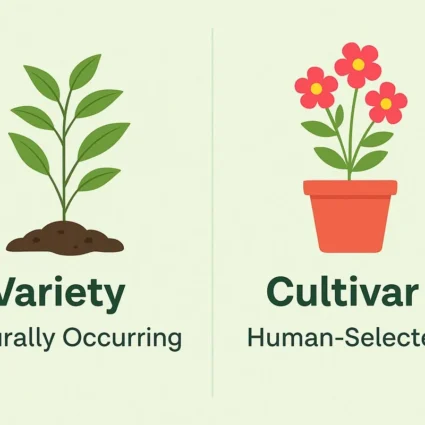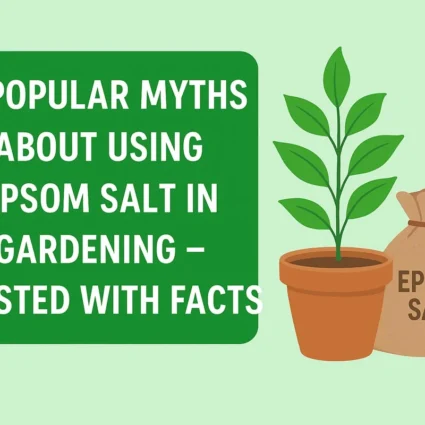
Here’s Everything you need to know about Foliar Feeds
Foliar feeding provides your plants a direct supply of nutrients through their leaves. This supply takes place through thousands of microscopic pores on leaf surfaces. These openings which are known as stomata are present underside the leaf surface.
Foliar Feeding ensures best quality yields thereby providing the plant with fast and on-the-spot nutrition. This kind of feeding serves as an effective supplementary feeding to complete soil fertilization and for prompt correction of nutrient deficiencies.
Also Read This :How to Grow Snake Plant at Home and its Benefits
Feeding plants with foliar fertilizers along with soil or through the leaves to the plants during a specific stage of their development results in boosting and improving the overall quality of the yield.
Now let’s learn about the preferred weather condition of spraying the foliar feed
Also Read This :Tips for Plantation Grow These Plants in Water
When is the best time to foliar feed the plants
Early evenings or a few hours before sunrise, when weather temperature is exactly average and the wind is not blowing too much to be precise, such kind of weather enables maximum absorption of sprays. Absorption is at its best when there is maximum number of stomata present underneath the leaves.
Also Read This :Super Easy Ways to Protect Houseplants From Pests
When not to foliar spray
It is best not to use this method when it is windy and dry. When the air temperature reaches or exceeds 80° F, absorption is very poor, because plant stomata are closed. Avoid spraying during the height of solar indexing (10:00 AM to 4:00 PM) to avoid burning the leaves.
Also Read This :The Effect of Extreme Hot and Cold Weather on Plants
For growth results
Initially put on a small amount of fertilizer and wait to see how your plants respond to it. Sometimes using a small amount of surfactant added to the mix is enough to enable the absorption process.
Also Read This :Lucky Bamboo Varieties and Caring Tips
Application & the best Equipment to be used
We recommend you to use a spray bottle that has fine holes in it to apply foliar fertilizers. Using such a sprayer will provide you with the finest possible dew drops. Here, we are insisting on a finer droplets because the finer the drops are, the easier it is for the leaves to absorb it through the stomata openings. The thick drops on the leaves tend to cover a larger area of the leaf and thus results in falling off the ground without being absorbed.
Providing plant nutrients directly to the foliage of the plant by spraying the crop with a liquid fertilizer solution is the best way to feed them. We often witness the feeding of foliage in horticulture crops.
Also Read This :What are the best ways to revive a dying Tulsi?
People often believe that using foliar fertilizers can act as a replacement for soil but the fact we all should know is that this feed is just a supplement and not a replacement. The nutrients applied by foliar fertilization are absorbed quicker than nutrients applied through soil. In short foliar feed provides a plant with quick nutrition to make up for the nutritional deficiencies a plant has.
Time intervals in which foliar feed has to be sprayed back again
Feed once sprayed on leaved stays for on leaves for 24 hours if the absorption process is good enough. In some cases, the time can vary from 2 days to even 4 weeks depending upon how slow the leaves are absorption is taking place.
Also Read This :How to Revive a Dead or Dying Plant
Now that you know everything about foliar feeding, the next time you plant a sapling you know exactly how and when it should be done…




